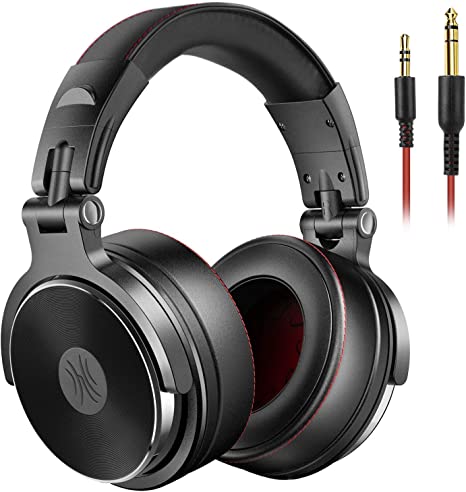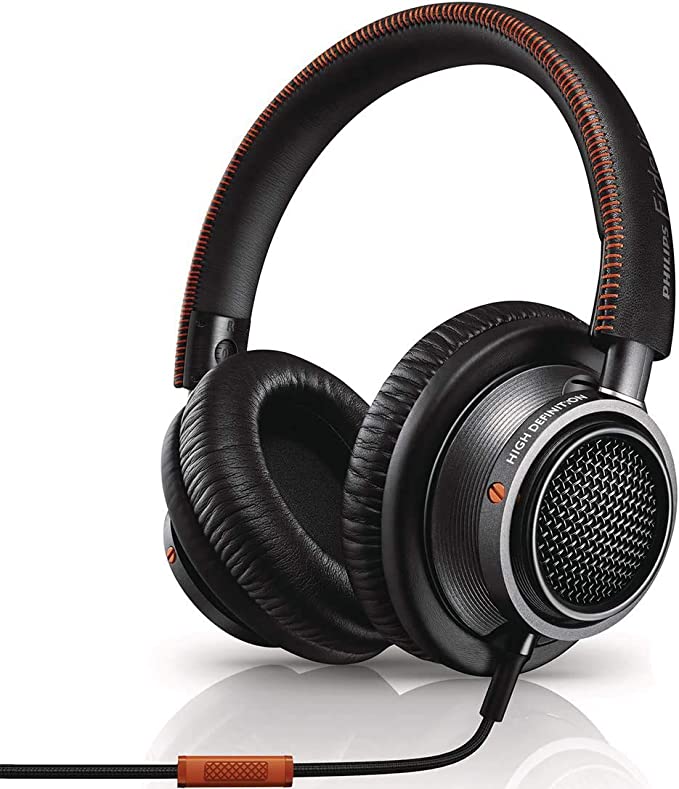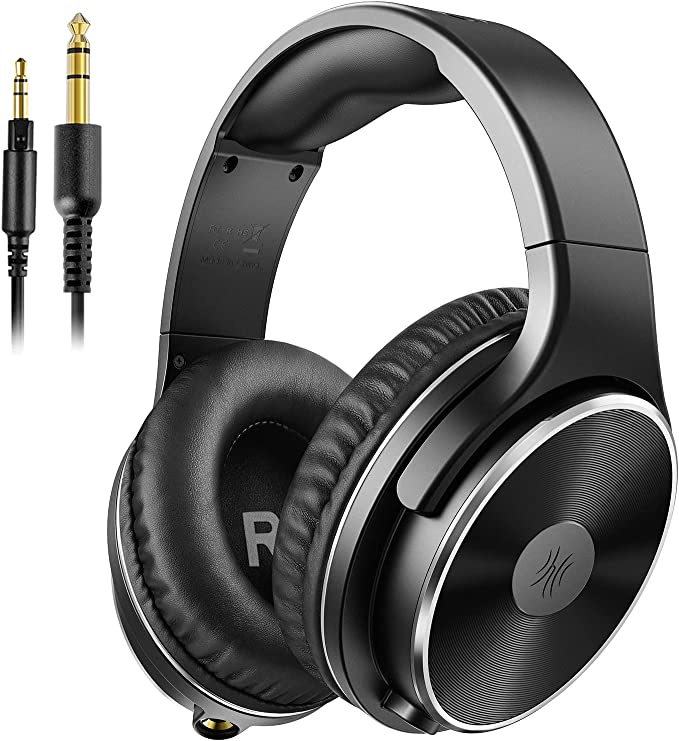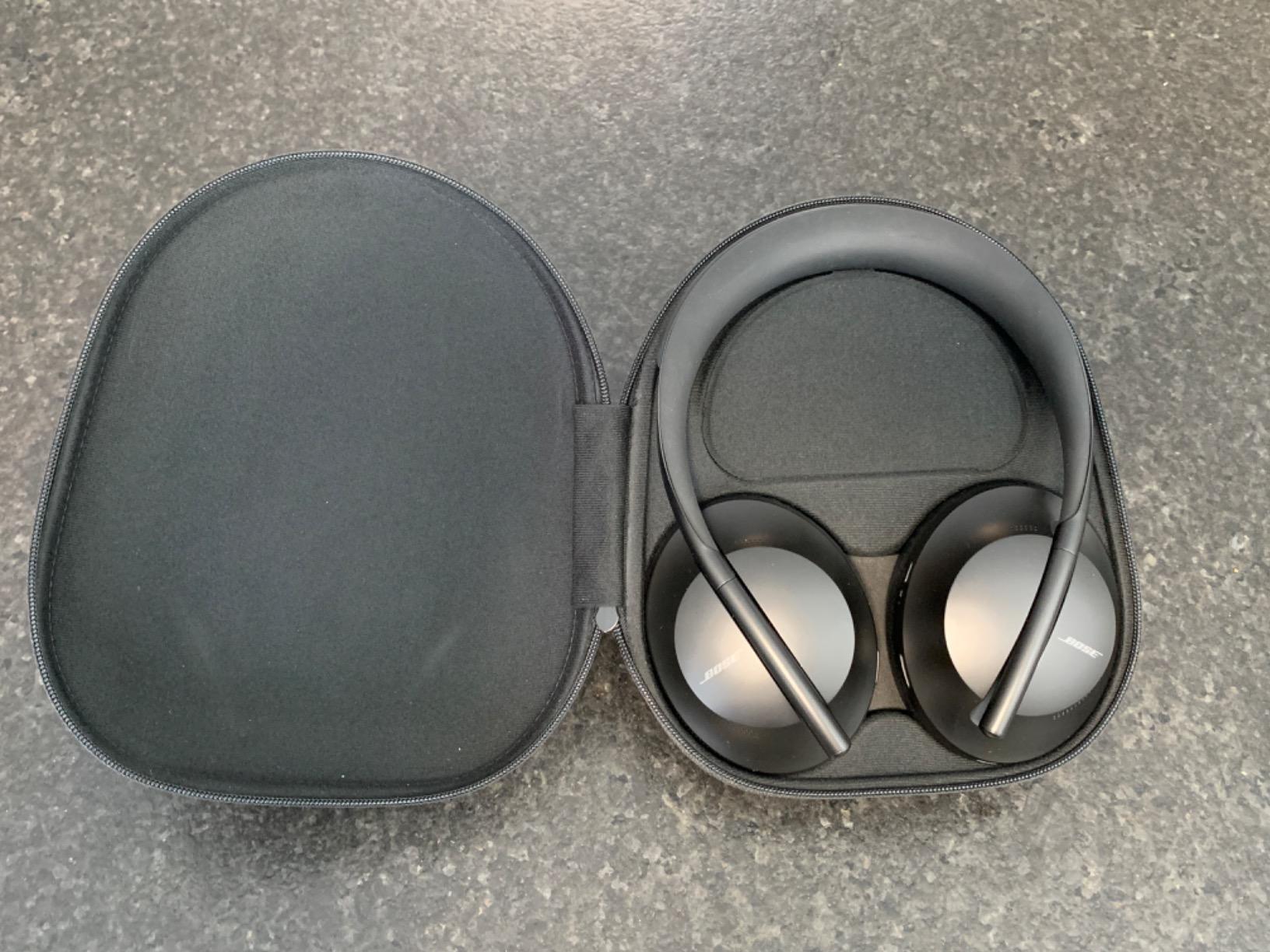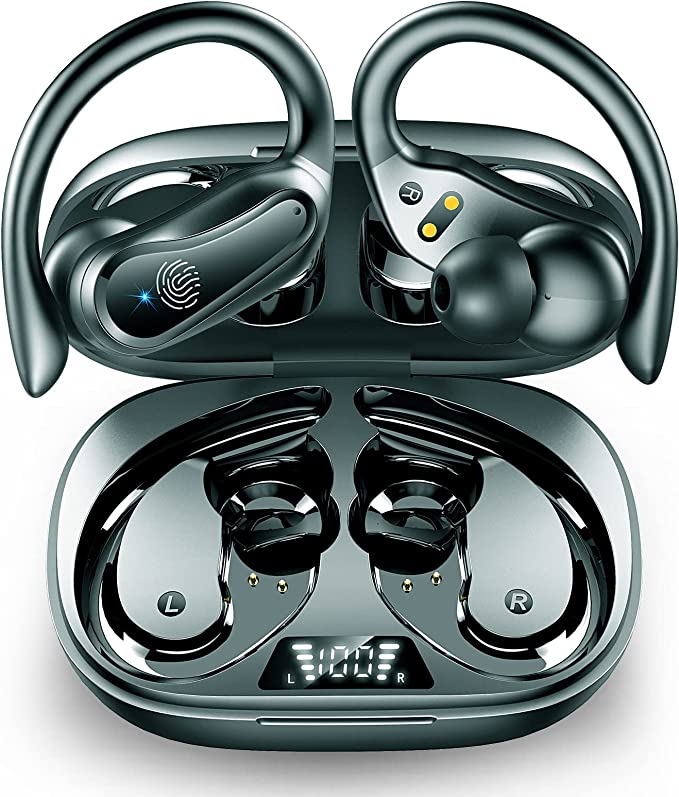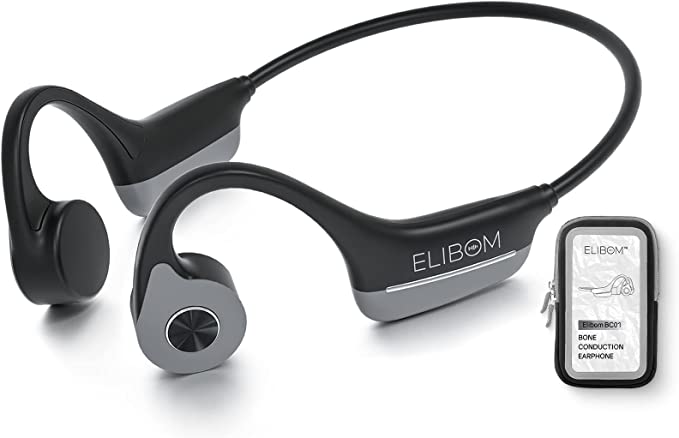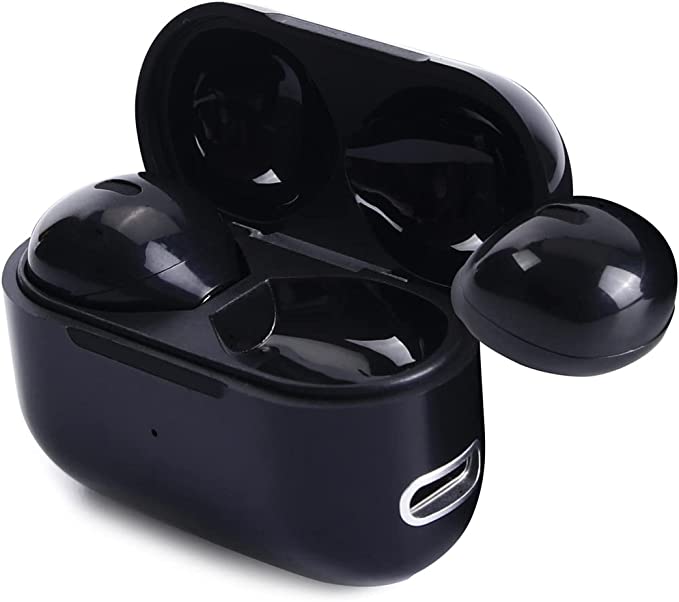The Science of Sound: How a $32 Headphone Unlocks Hi-Res Audio
Update on Aug. 13, 2025, 7:56 a.m.
We live in an ocean of digital sound. Our lives are scored by playlists streamed from the cloud, compressed for convenience and beamed to our devices in an instant. This convenience, however, comes at a cost—a subtle tax on quality. The audio files we listen to every day are often compressed, with bits of the original data shaved off to save space. It’s like looking at a masterpiece painting through a slightly frosted glass; you see the picture, but the finest textures, the subtlest color gradients, are lost. What if you could remove that glass? This is the promise of High-Resolution Audio: to hear the music not as a convenient copy, but as the artist intended—the original sonic blueprint.
For decades, accessing this level of fidelity required a significant investment in esoteric and expensive equipment. The very idea that a pair of headphones costing little more than a few cups of coffee could serve as a key to this world seems almost absurd. Yet, the OneOdio A71, a wired studio headphone, wears the official “Hi-Res Audio” badge. This isn’t a marketing gimmick; it’s a certification with a specific technical meaning. And it presents us with a fascinating puzzle: How does this unassuming device manage to meet a standard reserved for high-end gear? The answer lies not in magic, but in a series of deliberate and clever applications of physics, material science, and engineering.

The Ghost in the Machine: Hearing Beyond Human Limits
The first clue lies in a specification that seems, at first glance, nonsensical: a frequency response of 20Hz to 40,000Hz (40kHz). It’s a well-known fact that the absolute range of human hearing tops out around 20,000Hz, a limit that decreases with age. So why build a headphone capable of producing sounds twice as high as we can possibly hear? The answer delves into the fascinating field of psychoacoustics—the study of how our brain interprets sound, which is far more complex than simple detection.
A musical note is never a single, pure frequency. When a guitar string is plucked, it vibrates along its entire length, producing the fundamental note we recognize. But it also vibrates in halves, thirds, quarters, and so on, creating a cascade of higher, quieter frequencies called harmonics or overtones. These harmonics are the “texture” of a sound; they are what makes a violin sound different from a flute playing the same note. Many of these harmonics exist in the 20kHz-40kHz range.
While we don’t “hear” these ultrasonic frequencies as a distinct tone, research suggests their presence affects our perception of the sounds we can hear. They provide our brain with additional temporal and textural information, contributing to a sense of “air,” realism, and spatial accuracy. It’s analogous to feeling the fine texture of a brick wall; you perceive the overall roughness and character without consciously analyzing each tiny grain of sand. The Hi-Res Audio certification, awarded by the Japan Audio Society (JAS), requires that a device can reproduce these frequencies. The A71, by meeting this 40kHz benchmark, proves its physical ability to deliver this extended sonic information, providing the complete blueprint for your brain to process.

Inside the Engine Room: The Physics of Precision
Reproducing such a wide range of frequencies with accuracy requires a capable engine. In a headphone, that engine is the driver. The OneOdio A71 uses 40mm dynamic drivers powered by neodymium magnets, and both of those elements are crucial. A headphone driver works on a principle of electromagnetism you learned in high school physics: an electrical signal (the music) runs through a voice coil attached to a flexible cone, or diaphragm. This coil sits in a magnetic field. As the electrical signal fluctuates, it creates a shifting magnetic force that pushes and pulls the coil, causing the diaphragm to vibrate rapidly. These vibrations are what create the sound waves that travel to your ear.
The choice of neodymium for the magnet is key. Neodymium is a rare-earth element capable of producing a much stronger magnetic field than a conventional ferrite magnet of the same size. This stronger field provides a more powerful, responsive motor. It allows the diaphragm to start, stop, and change direction with incredible speed and precision. This agility is vital for accurately rendering the fast, complex transients in music—the sharp crack of a snare drum, the delicate pluck of a harp—and for keeping distortion low. It’s the difference between a family sedan and a Formula 1 car; both have engines, but one is built for a level of responsiveness that the other cannot match. The 40mm driver size provides a large enough surface area to move a significant amount of air, which is essential for producing deep, impactful bass without becoming slow or muddy.
The technical specifications of impedance and sensitivity further define this engine’s character. Its 32-Ohm impedance is considered low, meaning the headphones don’t require a lot of voltage to get moving. This is why they can be easily powered by a smartphone or laptop without the need for a dedicated, expensive amplifier. The sensitivity of 110 dB means they are very efficient at converting power into volume. Together, these specs paint a picture of an engine that is not only precise but also highly efficient and versatile.

The Science of the Seal: Crafting a Personal Sound Space
A driver, no matter how good, is only as effective as the acoustic space it operates in. The A71 employs a closed-back, over-ear design, which essentially turns each earcup into a miniature, sealed acoustic chamber. This design choice has profound consequences for the sound.
First, it provides significant passive noise isolation. By creating a physical seal around your ears with soft, padded cushions, the headphones block out a substantial amount of external noise. This is crucial for critical listening, as it allows you to hear the subtle details in your music without having to crank the volume to dangerous levels to overcome background chatter. In a recording scenario, this isolation is paramount to prevent the headphone’s sound from bleeding into the microphone.
Second, this sealed chamber dramatically affects the bass response. Low-frequency sound waves are long and powerful. By trapping them within the earcup, the design reinforces them, leading to a fuller, more impactful bass presentation. The trade-off for this powerful isolation and bass is the “soundstage”—the perceived sense of space and distance in a recording. Closed-back headphones typically create a more intimate, “in-your-head” soundstage, as opposed to the wide, airy presentation of open-back headphones which allow sound to escape. For the A71’s intended uses in monitoring and focused listening, this controlled environment is a deliberate and effective engineering choice, akin to choosing a sound-proofed recording studio over an open-air amphitheater.

A Legacy of Connection: From Switchboards to Studios
The A71’s commitment to practicality is most evident in its unique connectivity. It features not one, but two input jacks: the ubiquitous 3.5mm port found on every modern device, and the larger, more robust 6.35mm (or 1/4-inch) jack. The latter is a living piece of audio history. Its design is a direct descendant of the plugs used by telephone operators in the late 19th century, prized for their ruggedness and secure connection. Today, it remains the standard for professional audio gear—studio mixers, amplifiers, and musical instruments. By including both, the A71 acts as a bridge, ready to plug into an electric guitar for practice one moment and a laptop for a video call the next.
Even more inventive is the “SharePort” technology. This isn’t a complex digital feature, but an elegant piece of analog engineering. The internal wiring allows the unused jack to function as an audio output. You can plug the A71 into your audio source and then plug a second pair of headphones directly into the A71’s free port, instantly sharing your music with a friend. It’s a beautifully simple solution to a common problem, a testament to the idea that thoughtful design doesn’t always require more complexity.

The Democratization of Detail
When you assemble all the pieces—the psychoacoustic-aware frequency range, the agile neodymium drivers, the sealed acoustic chambers, and the versatile, professional-grade connectivity—the puzzle of the OneOdio A71 begins to solve itself. It achieves its remarkable performance not through a single, expensive breakthrough, but through the intelligent combination of established scientific principles and pragmatic engineering choices.
It demonstrates that the core elements of high-fidelity sound are no longer the exclusive domain of the wealthy audiophile. Technology, when applied thoughtfully, can democratize quality. The A71 isn’t trying to be the best headphone in the world. Its plastic construction and bass-forward sound signature are clear trade-offs made in the name of accessibility. But what it represents is far more important. It is an invitation—a tool that empowers students, budding creators, and curious music lovers to look past the frosted glass of compressed audio and see the rich, detailed blueprint of sound that lies beneath. For a modest price, it offers not just a product, but a tangible lesson in the science of listening.


